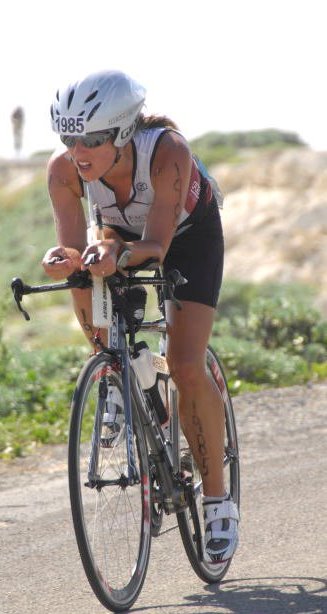Why Athletes Keep Breaking Records — And How Smarter Training Can Make You Faster
Posted by Matt Russ on 17th Dec 2025
World records continue to fall. Athletes are pushing limits once believed impossible. But are today’s athletes genetically superior? Are we evolving into a new class of superhumans?
The answer is no.
Athletic performance is improving because training science, coaching methods, and sports technology have advanced dramatically. We are learning how to extract more speed, power, coordination, strength, and agility from the human body. The best athletes aren’t born better — they are trained smarter.
The Biggest Mistake Amateur Athletes Make
For amateur and age-group athletes, access to elite-level sports science is limited. Most rely on a single strategy: train more and train harder. The assumption is that increased effort automatically leads to improved performance.
In endurance sports and athletic development, this belief often backfires.
Excessive training volume without proper mechanics, recovery, and planning can stall progress and lead to injury. More work does not always equal better results — especially when the underlying system is flawed.
Why Data-Driven Coaching Matters
When I begin coaching an elite athlete, I run comprehensive testing: physiological, biomechanical, psychological, nutritional, and equipment-based. The goal is simple — identify limiters and eliminate inefficiencies.
One triathlete I worked with had missed qualifying for the World Championships twice, each time by a single placement. During her initial assessment, we discovered major issues with her bike fit and cycling position.
Her torso was far too upright, dramatically increasing aerodynamic drag. The torso alone can account for over 60% of cycling drag, making body position one of the most important performance variables. Her saddle was also set too low, reducing leverage and limiting power output with every pedal stroke. She was not only poorly fitted — she was riding the wrong bike.
With proper adjustments, she likely would have achieved her goal years earlier. (She eventually did.)
This example highlights a critical truth: small technical errors can cost years of progress.
Training Hard Isn’t Enough — Train Smart
Consider the time, energy, and financial investment athletes put into chasing performance goals. Now consider how often progress is limited by basic mechanical or technical issues that go unaddressed.
Today, athletes have access to more information than ever — but not all of it is reliable. Online trends, opinions, and anecdotal success stories frequently overshadow sound sports science. What ranks high on Google isn’t always accurate, and even legitimate research is often misapplied or taken out of context.
Athletes also tend to follow the herd mentality. When a professional athlete wins using a specific shoe, helmet, diet, or training method, it’s instantly validated. What’s often ignored is sponsorship, individual physiology, and years of foundational work that had nothing to do with the product being promoted.
Find the Science That Works for You
Improving athletic performance requires individualized analysis, not imitation. Identifying your most limiting factors should happen early — not after years of plateau and frustration.
For example, if your running mechanics cause your foot to land in front of your center of gravity, you’re creating braking forces that cap speed and efficiency. Adding more mileage on top of poor mechanics won’t fix the issue — it will only increase injury risk.
More volume applied to faulty movement patterns leads to stagnation, not breakthroughs.
Why Most Athletes Never Reach Their Full Potential
No athlete truly exhausts every opportunity for improvement. Eventually, they run out of time, resources, or awareness. There is always room for progress in:
-
Recovery strategies
-
Sports nutrition
-
Training accuracy and load management
-
Seasonal planning
-
Equipment optimization
-
Movement economy
-
Pacing and race execution
-
Mental performance skills
-
Testing and re-testing to verify effectiveness
Each of these factors can unlock performance gains without adding more training hours.
A Common Trap for Triathletes
Triathletes face a unique challenge: training three disciplines often leads them to focus on their strongest sport. While this feels productive, it delivers diminishing returns.
Real improvement comes from addressing weaknesses.
Start with a clear assessment. Write down your most obvious limiters. Question your training assumptions. Refine your methods. Seek out evidence-based coaching and sports science.
Because lasting performance gains aren’t found in trends — they’re found in the details.
Matt Russ is a full time professional coach with over 20 years of experience working with athletes up to the elite level. His athletes have won numerous regional, national, and international titles. He holds the highest level of licensing by both USA Triathlon and USA Cycling, and is a licensed USA Track and Field Coach. Matt is Head Coach and owner of The Sport Factory



